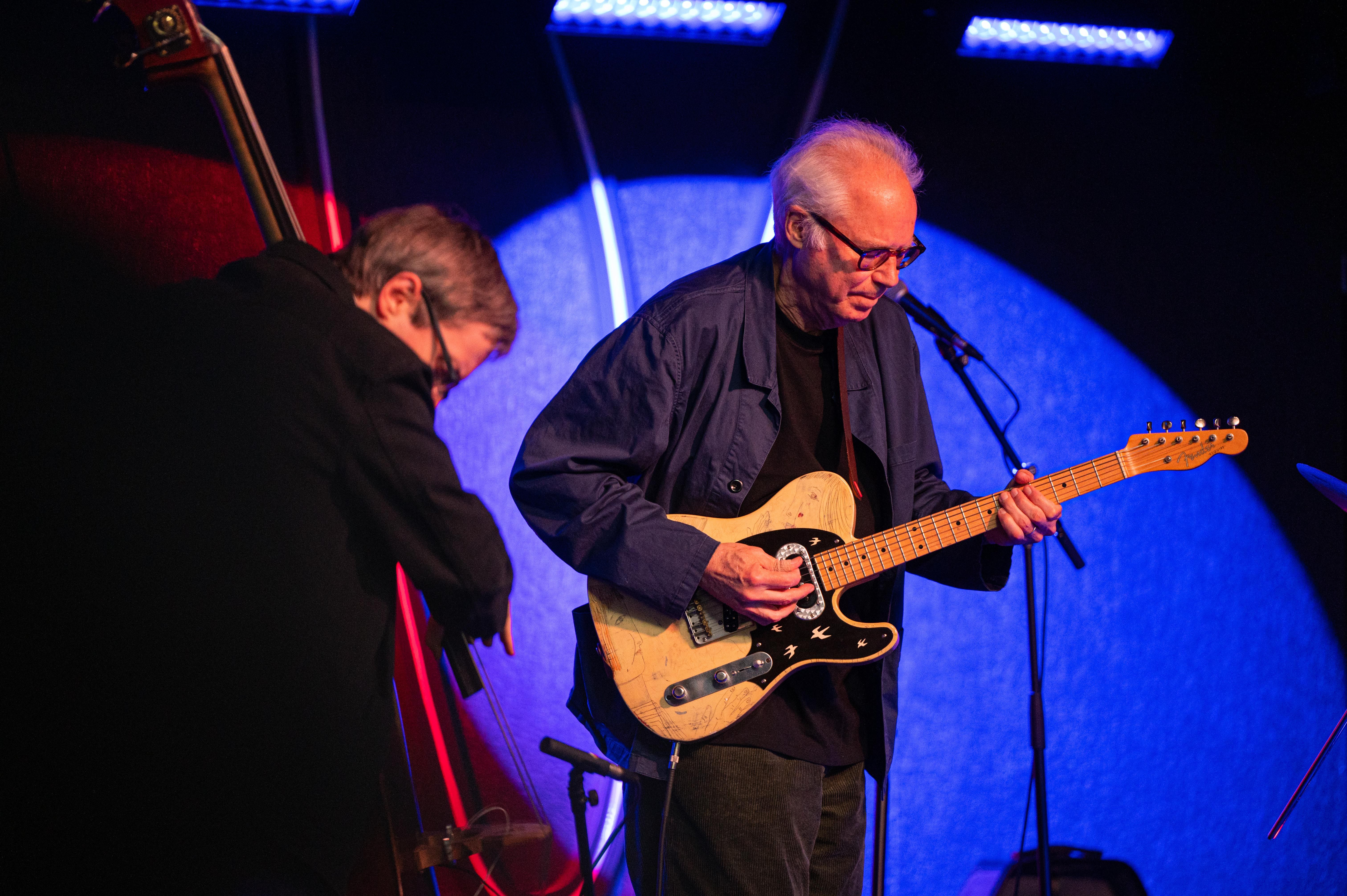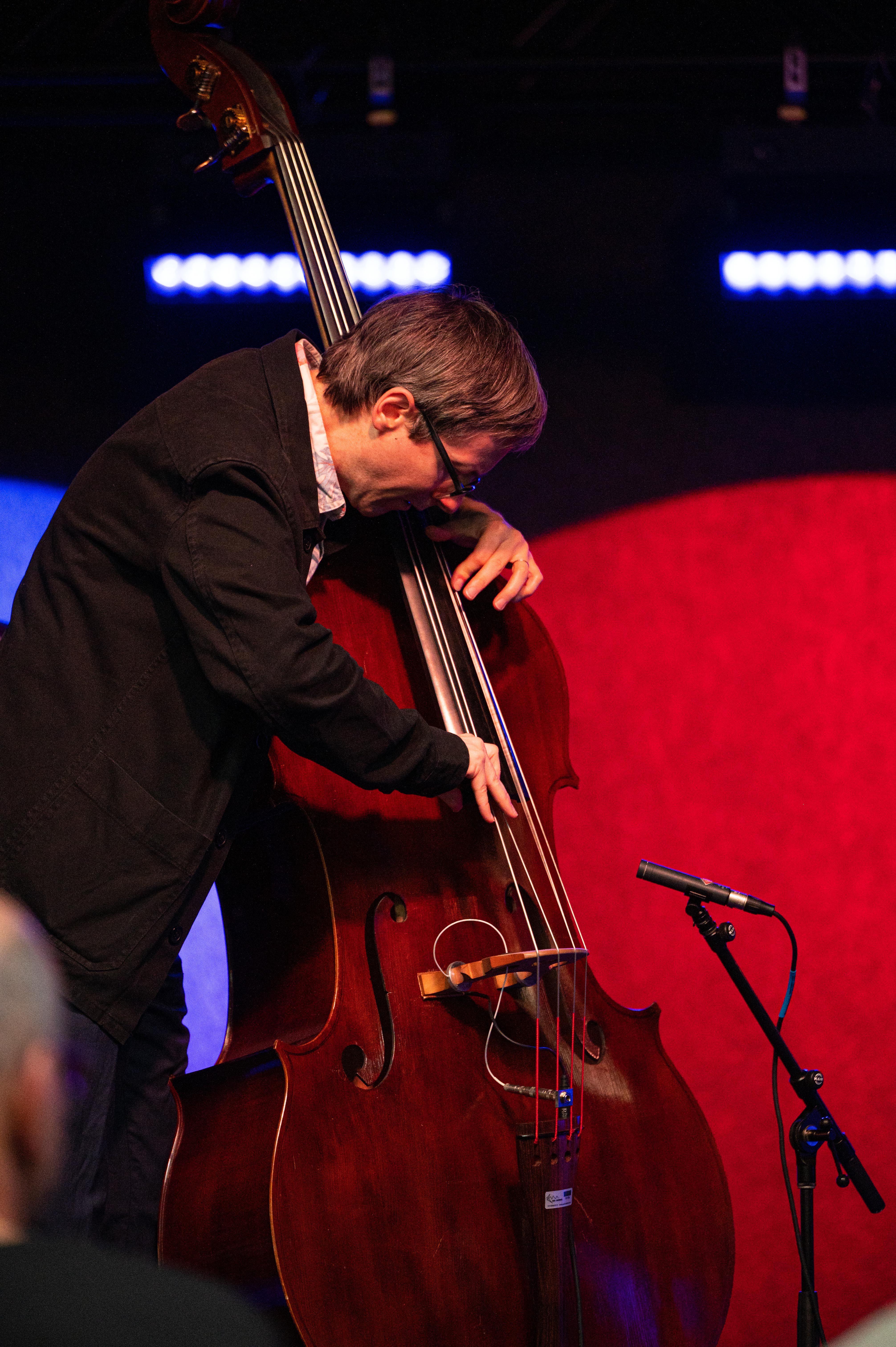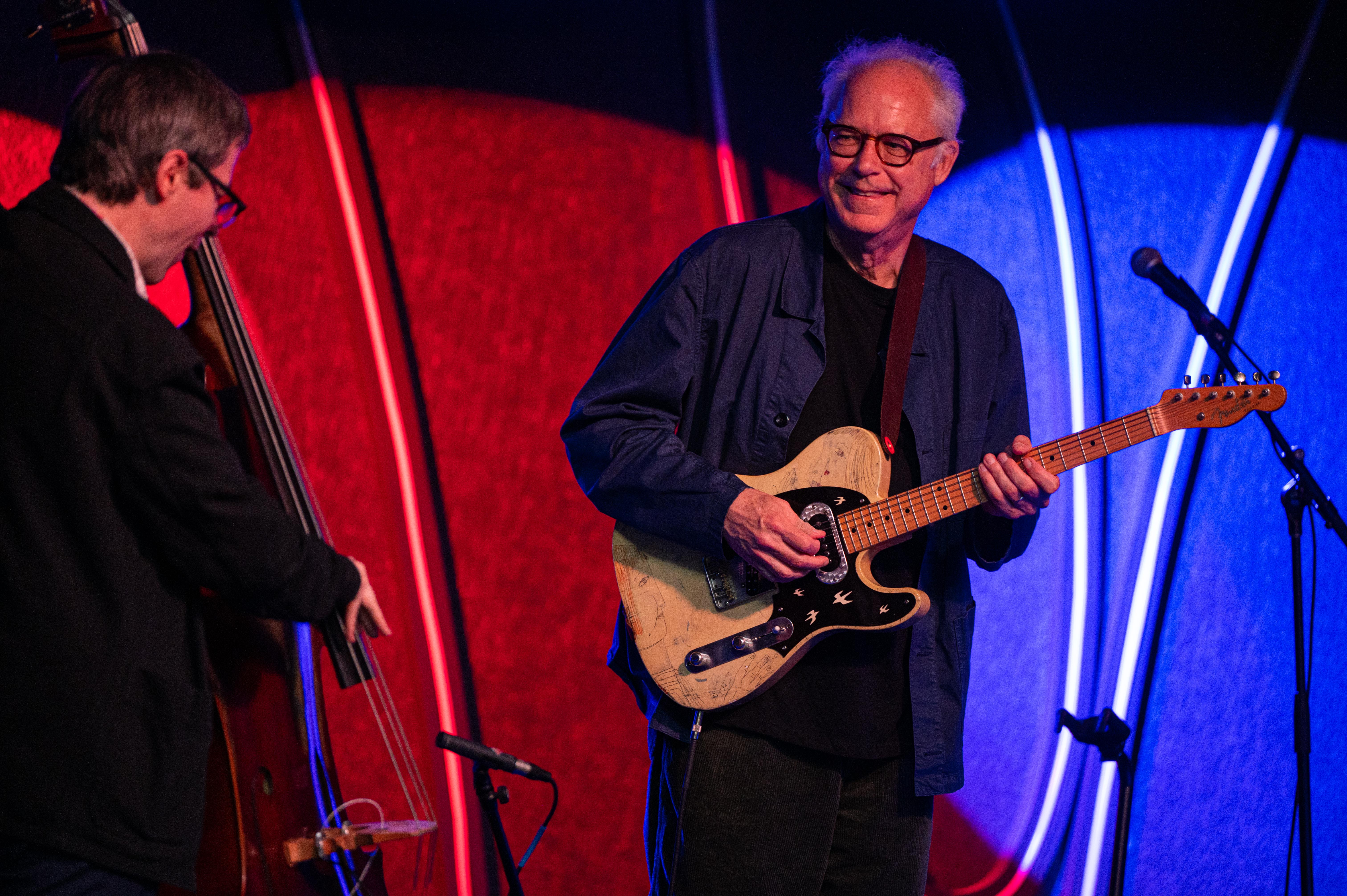
Review: Spy vs. Spy: The Big Blast (Special Collector’s Edition) and The New Yorker, April 21, 2025
I rarely take “selfies” but I couldn’t resist this time, given that I have these two current issues of classic magazine fare (hurry, the Spy Vs. Spy collection is only on newsstands until May 23rd!) – and an apt-enough “Spy” get-up.
The one-two punch of these two great publications pretty much knocked me on the floor (literally, in the above photo).
Allow me to get up, dust myself off, and explain.
I’ve always been a fan of John le Carre, the British master of literary espionage novels, having read most of his books about George Smiley (or George :-), as my goddam voice dictation understands his name), and recently watched the brilliant and harrowing mini-series adaptation of Le Carre’s novel, The Night Clerk, about a callow, mid-30s hotel night clerk who pretty much allows his libido to get him caught up in deadly international intrigue.
Of course, as a youth, my brow drooped quite a bit lower, to the delicious depths of Mad Magazine which featured in every issue, “Spy vs Spy” on the back page, as I recall. 1
Some of the best of these one-page cartoons also involved a third spy (“Spy vs. Spy vs. Spy”), a voluptuous female who would always foil the excessively testosterone-driven male spies.
Here’s the very first appearance of the so-called “Grey Spy” in the series, according to a online fanzine:

Such triangulation of deceit has actually been a trope of espionage fiction for a long time: Think of James Bond’s famous opening line to any femme fatale he invariably beds (“My name is Bond. James Bond”). He’s sure that line, along with his square-jawed movie-star looks, are all you need (is not love). Of course, she knows that’s about all she needs to get him hooked into her deviousness.
So, yes, I guess they were trafficking in female stereotyping. But triangulation of deceit also brings to mind another male deceiver’s infamous line: “I did not have, sexual relations, with that woman.”
Young readers Google that quote and you will be duly instructed, in some of what power (real and perceived) breeds.
And though Le Carre’s shy and retiring George Smiley was too old and dumpy to fall for a female double agent, that’s a little bit of what happens in that author’s The Night Clerk — even if Le Carre’s dazzling, almost Byzantine, plot easily transcends that cliché.
So, I was struck by the synchronicity of the latest New Yorker magazine, which arrived a couple days after I bought the Spy collection. On that cover, the two hapless spies are tied to a globe-sized bomb which, the mag’s backside reveals, is being lit by, you guessed it, the snickering “grey” woman spy. On The New Yorker cover, in a five-scene sequence, Donald Trump (a satire by Frank Viva, titled “Hot Air”) blows up the whole world like a big balloon, which he proceeds to dance with (we know how well he can dance!), twirl and bounce with his big butt, before the whole thing explodes in his face.

And to think he castigated Ukraine President Zelenskyy for flirting with World War III ! The whole hot-air overheated world is lucky some of Trump’s staffers tugged on his leash enough to temporarily choke-back his globular tar-riffing. As MSNBC’s Rachel Maddow reported, and The New Yorker’s Benjamin Wallace-Wells seconded: “The tariffs had been so hastily designed that they imposed duties of 10% on Antarctic islands inhabited only by penguins and seals, and placed a duty of nearly 50% on Cambodia, a producer of cheap textiles that is too poor to plausibly buy much of what we produce.”
We kid you not. Trump’s kidding only one person. Or maybe two others: Harvard grad Vee-Pee J.D. Vance and “genius” Elon Musk.
Wallace-Wells continues, “The markets predictably plunged, wiping out more than $6 trillion in value.”…J.P. Morgan Chase’s CEO predicts the ‘likely outcome’ would be a recession. The labor economist Aridrajit Dube wrote, ‘never in human history has a whimsical decision by a single person destroyed so much wealth.’ ”
So what is the world thinking and feeling right now? How much is Vladmir Putin flexing his greasy, crooked grin?
Now, also imagine what disarray America’s current CIA spycraft may be now, with the chainsaw-weilding Elon Musk gleefully ripping into every government agency he can heedlessly reach.
The third brief article brief in this New Yorker’s “Talk of the Town” feature was about cartoonist Robert Crumb, who visits the Whitney Museum with the interviewer while chatting a bit about a brand-new biography by Dan Nadel, Crumb: A Cartoonist’s Life.
Lo and behold, a copy of the Crumb biography appeared on my front doorstep, Monday.
So I can blame my old high school pal — a publicity-shy guy preferring to be known as “my Crumby friend” — for this painful and delightful distraction. We are both cartoonists, of sorts, ourselves, and friends since plying such dubious artistic skills in The Poster Club at Marquette High School, back in the day.
Speaking of cartooning, here’s my graphite-and-pastel Trump caricature, now a protest poster I hoped I’d never need to use again. But I did at the “Hands Off!” protest of Trump/Musk in downtown Milwaukee on April 5, with 9,000 other people (more on that event in a coming post).

Ah, but the truth is, I had been toying with the idea of the spy get-up selfie since The New Yorker arrived.
To deter me from my seemingly interminable book projects, this meaty tome of “Crumbs” is a very “early birthday gift” from “Crumby,” who was probably afraid I would buy it before he could gift it, a reasonable fear. My birthday is not until July 1.
Plus (really full disclosure), my housemate is not here today to try to shame me out of such semi-foolishness (I did work fairly hard yesterday on my jazz book’s permission requests. The book’s excess of quotes has become a bit of an albatross for a project with, sadly, no publisher’s deadline.)
I feel a bit better about this “confession,” akin to Crumb cooperating with his biographer only if he didn’t gloss the artist’s flaws and obsessions. We were both raised in Catholic families though his was a considerably harder slog than mine, as the biographer quickly reveals.
The new Spy vs. Spy collection features the strip originator’s Antonio Prohias’s close friend, Sergio Aragone (a fellow MAD cartoonist) drawing a delightful five-page story of Antonio’s life. Many of his original (b&w) cartoons have since been colorized by Carrie Strachan, and this is a 96-page, slick-paper, high-gloss production. Yet what goes around comes around (in such a manner), as MAD, and this collection, now includes the black and white stylings of the current heir to the Spy ‘toon job, Peter Kuper.
Current MAD editor John Ficarra posits that part of the original MAD’s appeal was the cheap paper it was printed on, to make it seem ” ‘underground’ and tacitly forbidden, and therefore more desirable” to young readers.” I’d sort of concur, though my folks were enlightened enough to not forbid me MAD. It ran “proudly” black and white from 1955 to 2000. Toward the end of that “proud” era, another MAD editor quipped “MAD looks like it was printed in Mexico in 1959.”
Such inky grubbiness was likely part of Crumb’s thinking when he self-produced his first “underground” ZAP Comix in the mid-late 1960s. One my favorites of his early surreal drawings, is from another boho rag, The East Village Other, titled “Burned Out,” for which they one-tone colored for its cover, illustrated in the Crumb biography. 
Courtesy Mark Lawson Antiques.
So, one more synchronicity in the smallish world — it suddenly seems — of cartoon satire: I had finally re-subscribed to The New Yorker again, after decades of refraining, because the cartoons are as good as ever. Of course, the typically excellent, sometimes Pulitzer-winning, thumb-sucker lead articles are still awfully long.
So I need to pick and choose among them, or my authorial name will always be, pre-emptively, Mud.
And here’s my new Crumb book which I’ll surely finish the 400 pages (plus notes) of long before I finish the two doorstops underneath it. 2

__________________
- You can still subscribe to MAD, for one year of six issues for $19.99 “CHEAP!”
2. I was almost startled at the mounting synchronicity of this column’s subjects as soon as I turned a few more pages of Crumb. Turns out, MAD magazine would soon hit the adolescent Crumb like a lightnight bolt. Author Dan Nadel describes this even more provactively: “Seeing and then handling the magazine altered Robert’s brain chemistry as surely as LSD would a decade later. He would never normalize…
“MAD” was first a comic book and then a magazine cranked out by artists without pretensions to literature or acceptance; it could tell its audience that the world was a lie and that the only answer was all out cultural anarchy.
“MAD was effective because it was noisy, teeming, coming-out-of-its-skin, yet incredibly sophisticated, sustained by beautifully-crafted cartooning straight from working class Yiddishkeit Brooklyn.”
Crumb himself continues such raving: “I began to use my own free judgment about things. Being cast out, though painful, was a liberating process open bracket [MAD‘s] critique was coming out of a kind of craziness, and they didn’t have a real strong analysis of what they were criticizing, they were just laughing at it all. It was this irreverent nose-thumbing at the straight-backed hypocrisy of these old American values, which were hypocritical and try to brush all the bad stuff under the rug.”
(Crumb,” Scribner, 2025, 32-33)







